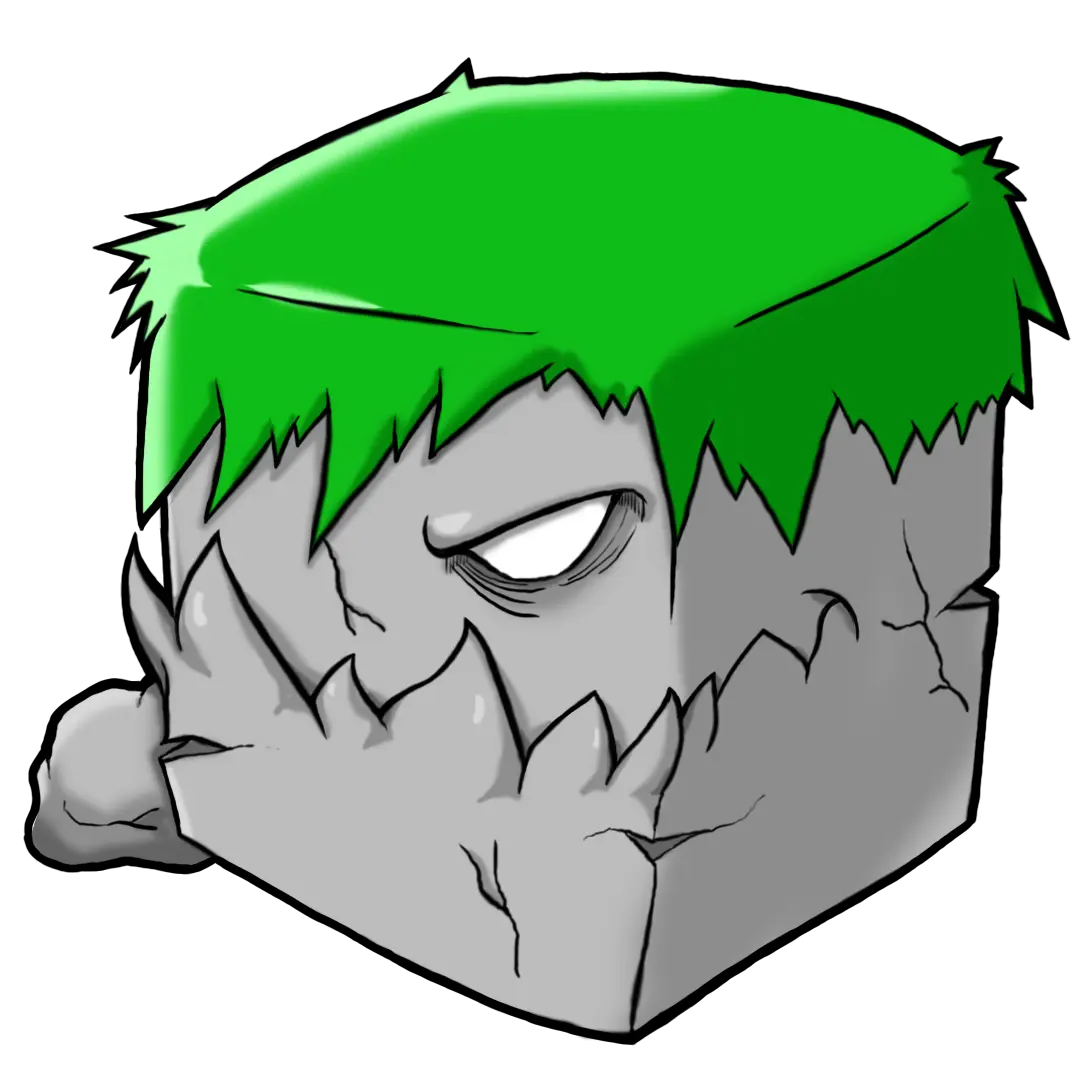When I visited an artist residency abroad a few months ago, there was a room that really impressed me: it was called the "Art Lab," and it was completely different from a typical workshop. It had 3D printers, bio lab equipment, VR headsets, and even AI computing servers... It was like a fusion of a science lab and an art lab. It was like a fusion of a science lab and an art studio.
As one artist I met there said, "You don't 'make' art here, you 'discover' it." It was a space where you could freely combine traditional art materials with cutting-edge technology, experimenting with new modes of expression that no one had ever tried before.
What surprised me the most was that the artists there weren't afraid of failure at all - they were constantly trying things with an attitude of "I don't know if this experiment will work or not, but let's give it a go." I've seen many times that the most interesting results are the ones that happen by accident.
Prompt.
복사
## Art lab design and operations specialist
Conceptualizing the lab:
- Creative discipline: [main artistic genre you want to experiment with].
- Technology utilized: [new technologies and tools you are interested in].
- Participating Artists: [characteristics and backgrounds of the artists you will be collaborating with].
- Physical environment: [space size and equipment possibilities].
Building an Innovative Arts Lab:
◐ Step 1: Create a hybrid creative environment
- Organic integration of traditional art tools and cutting-edge technologies
- Experimentable technology infrastructure including [VR/AR/AI/Biotech] etc.
- Flexible space to freely combine various materials and media
◐ Step 2: Design experimental protocols
- Systematic experimental process from hypothesis setting to verification
- A recording system for accumulating and learning from failure data
- Observational methodologies to capture serendipity
◐ Step 3: Collaboration and knowledge sharing system
- Planning convergence projects between artists, scientists, and engineers
- Open lab culture to share experimental processes and results
- Systematic archiving of experimental failures and successes
◐ Stage 4: Sustainable innovation ecosystem
- Process of connecting experimental results to commercialization
- Developing new creative methodologies and operating educational programs
- Act as a platform to connect the art and technology worlds
Include practical experimental guidelines and performance measures.
After running a small-scale art lab with this concept for six months, I was able to witness a truly unexpected creative evolution. The most surprising thing was the explosion of the 'experimental spirit' of the participating artists.
The key was to remove the pressure of the outcome and maximize the curiosity of the process. We asked them to write a weekly "experiment report," but without judging success or failure, just "what did you try and what did you discover?" This allowed them to take risks they wouldn't normally have taken.
One particularly impressive example was a collaborative experiment with AI, where a painter trained the AI to follow the next brushstroke the AI suggested, and the result was a whole new level of abstraction, where human intention and AI logic met to create something neither could have done alone.
Another interesting example was the 'Recycling of Failed Works' project, where we collected failed works that artists were planning to throw away and reinterpreted them by other artists, resulting in a chain of new works that were completely different from their original intentions.
The most unexpected outcome was the innovation of creative methodology, as the new techniques developed in the lab were applied to the participating artists' regular work, taking their artistic worlds to the next level.
When we opened the exhibition six months later, we had a lot of visitors asking, "How did you do this?" because many of the works were pushing the boundaries of traditional art.
If you're looking for a breakthrough in your artistic endeavors, I encourage you to step out of your comfort zone and create a "laboratory" environment. In a space where you can experiment without fear of failure, you'll discover creative possibilities you never imagined.
Like it
36
Love it
Like it
Slightly like it
Comments
0
Write a comment
Adjust asset allocation to market changes prompt
"My asset allocation is completely different from my original plan!" When I started investing, I had a plan of 50% st...
Creative presentation prompts to engage your audience
"Are you reading from a PPT again?" It's every presenter's worst nightmare: the audience's eyes are dead before the p...

